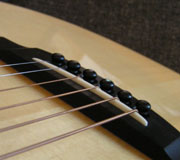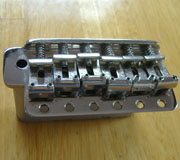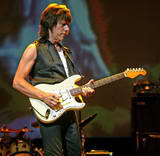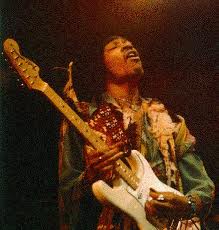Does your instrument need adjustment?

Many new guitars are not set up correctly and need work to make them as easy as possible to fret the strings.
The usual problems are with the truss rod, bridge, saddles or the nut.
I am fully trained by Patrick James Eggle to do guitar setups so if this is the case I would be happy to sort that out for you.
Typical setup
- Adjust truss rod
- Adjust nut
- Adjust saddle height
- Adjust saddle for intonation (electric only)
- Check peripherals
- Polish frets
- Fit new strings
- Clean instrument
Instrument Action
The action on a guitar is the distance between the top of the 12th fret to the underside of the strings (see top pic). If this distance is too much the guitar seems very difficult to play.
This is one of the most important aspects for professional musicians. By careful adjustments to the truss rod, bridge and nut, significant improvements can be made to the way the instrument plays.
Truss rod
In the neck of a guitar there is a metallic rod called the truss rod.
This allows the curvature of the guitar neck to be adjusted, which is necessary when changing the string gauge, or when temperature or humidity changes occur (for example when keeping a guitar near a radiator).
Nut
The nut is usually made of bone or plastic and  is situated at the top of the guitar. This affects the playing action and intonation.
is situated at the top of the guitar. This affects the playing action and intonation.
The height between the underside of the string and the end of the fretboard is critical for comfortable playing of open chords.
These string channels can be filed down to facilitate a lower action at this end of the guitar.
Bridge / saddles
The bridge on an acoustic guitar can be reduced in height to facilitate a lower action at the top end by sanding down the white s addle (see below right).
addle (see below right).
The bridge on an electric guitar bridge can be raised or lowered with allen keys and can also be moved laterally to allow adjustments for intonation purposes (see below).
Intonation
After tuning your guitar, you may find that it still sounds out of tune.
Poor intonation will probably be the cause.
The open strings probably seem in tune, but the fretted notes don't, and it will get worse the further up the neck that you go.
To check your intonation, first tune your guitar and play a natural harmonic at the twelfth fret. (You can play a harmonic by touching the string lightly).
Once you've played the harmonic, tune the string to the harmonic reading on your electronic tuner.
Next press down and fret the note at the twelfth fret. If the notes measure the the same on your tuner, then your guitar is well intonated.
If not, then it will need some adjustment.





